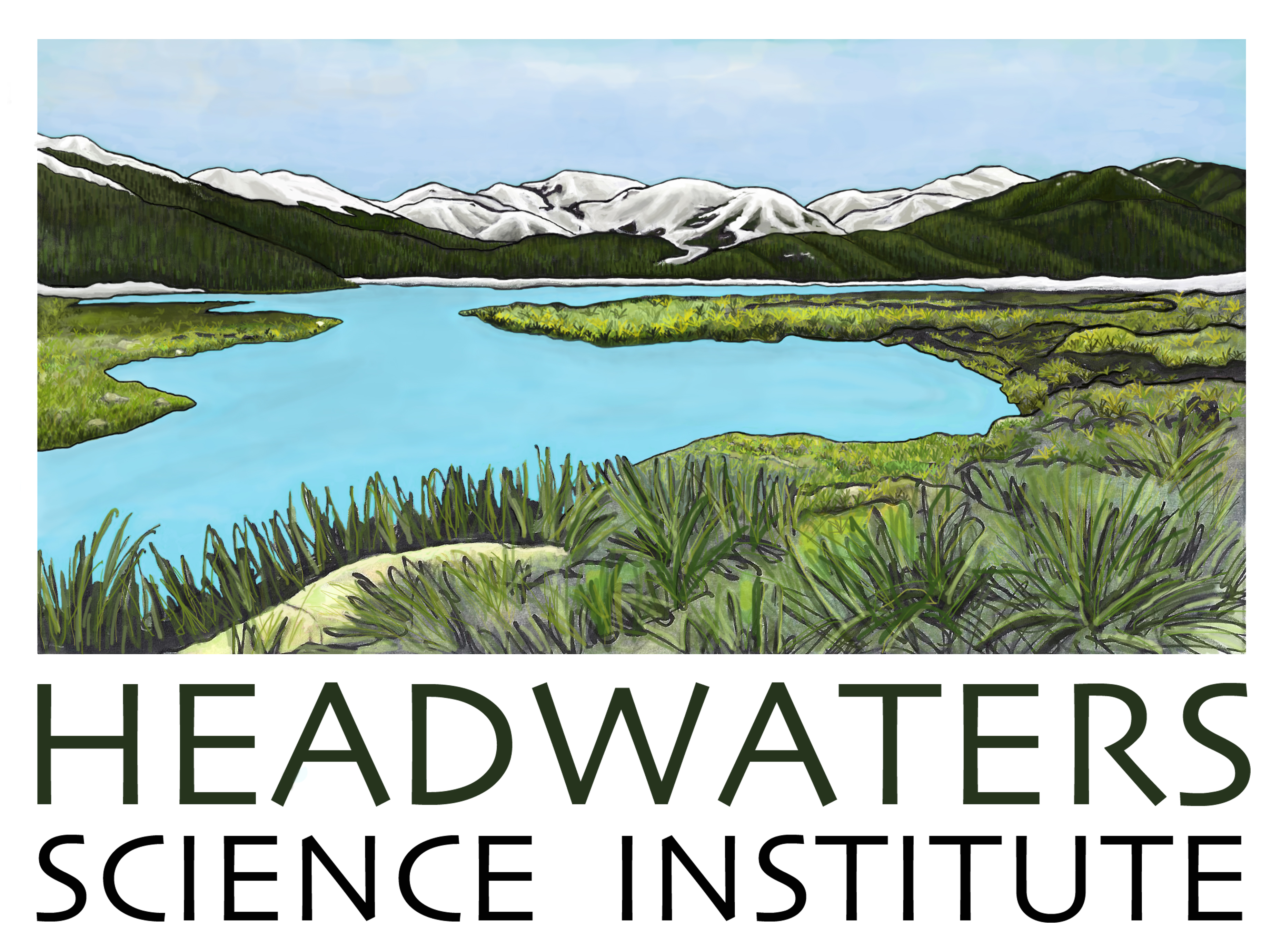Using drones for conservation work with Eben Broadbent
Author(s): Eben Broadbent1, Megan Seifert2
1. University of Florida 2. Headwaters Science Institute
611 total view(s), 102 download(s)
Description
Please click here to take our Lunch with a Scientist QuestionPro survey.
Eben N. Broadbent, PhD, is an assistant professor of forest ecology & geomatics in the School of Forest Resources and Conservation at the University of Florida, with a PhD in Biology (Ecology & Evolution) from Stanford University. He is the co-founder of the Spatial Ecology and Conservation Lab (SEPC) at the University of Florida, where his focus is on using Gator Eye, a drone that’s also an unmanned flying laboratory, to further conservation efforts.
Learn more about spatial ecology: Check out the Univervsity of Florida’s Spatial Ecology and Conservation (SPEC) lab co-founded by Eben
Data set: these data sets were collected by Eben Broadbant and his wife Almeyda Zambrano. They can be used for students looking to create a research project, learn data analysis, or used as scripts in R for spatial analyses.
Cite this work
Researchers should cite this work as follows:
- Broadbent, E., Seifert, M. (2022). Using drones for conservation work with Eben Broadbent. Headwaters Science Institute, QUBES Educational Resources. doi:10.25334/RT1J-JE89
